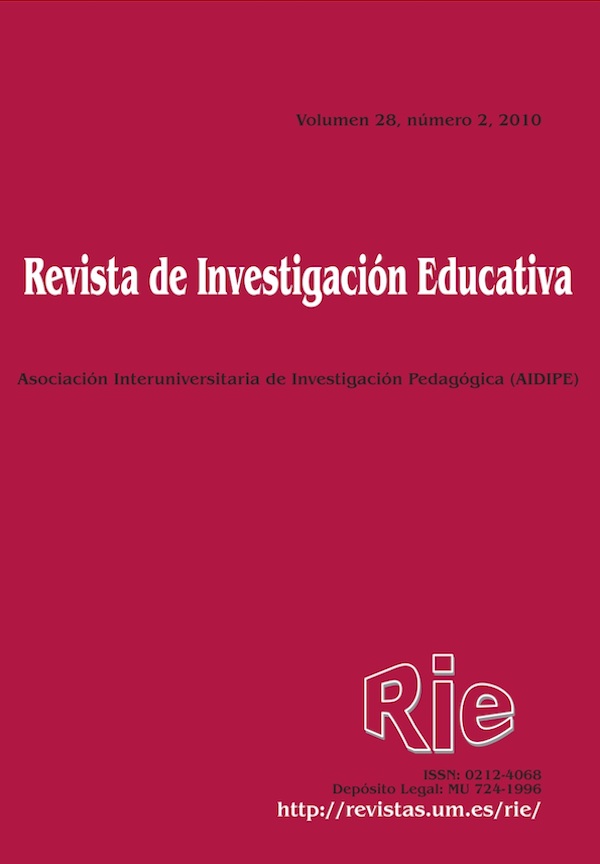Didactic resources for the teaching of haematology in compliance with the european space for higher education
Abstract
In order to comply with the European Space of Higher Educational, the main aim of this Teaching Innovation Project is to encourage students to produce self-learning materials based on multiple-choice tests. The course subject under consideration is Haematology, which is studied in Pharmacy at university level. The project was carried out with 400 students distributed in 4 groups, and it aimed at providing students with enough methodological grounding, so that they could produce multiple-choice questions similar to those used in student assessment processes. By doing this, we managed to make students focus their learning on multiple-choice tests, thus defining information; distinguishing the most important areas in each subject; participating in the continuous development of the subject, and improving their marks and self-learning. The results of this innovative process show students’ high level of participation in the activity (even higher than in previous years), and that the students rated the experience very positively. Furthermore, academic results improved significantly compared to previous years, as shown by the performance rate.Downloads
-
Abstract500
-
PDF (Español (España))379
The articles and scientific documents published in RIE abide the following conditions:
1. The Servicio de Publicaciones de la Universidad de Murcia (the publisher) has the property rights (copyright) of all the documents published and allows the reuse under the user’s license indicated in point 2.
2. All documents are published in the digital edition of RIE under a Creative Commons Reconocimiento-NoComercial-SinObraDerivada 4.0 Internacional. (legal document) license. These documents can be copied, used, distributed, communicated and explained publicly if: i) the author(s) and its original source of publishing (magazine, publisher and URL of the document) are cited; ii) it is not used for commercial purpose; iii) the existence and the specifications about this license are mentioned.
3. Auto-archive’s conditions. The authors are allowed and encouraged to digitally distribute the pre-print versions (a version before evaluation) and/or post-print (a version that it is already evaluated and accepted to its publication). This promotes circulation and distribution earlier and can increase the citations and significance within the academic community.









